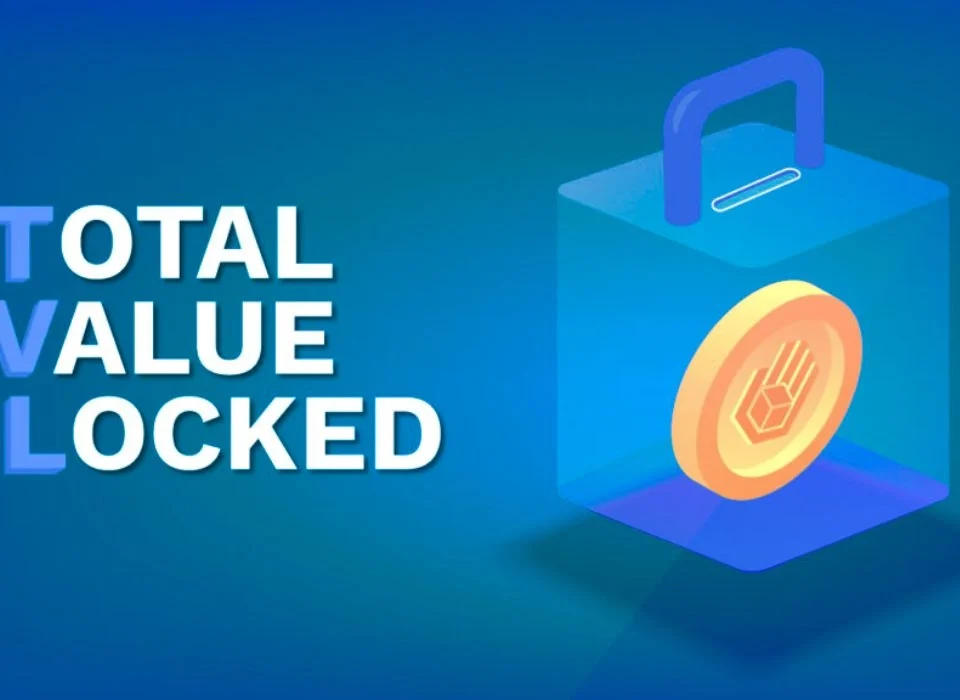
How to Analyze a Cryptocurrency Whitepaper
17/05/2024
How to Create a Diversified Crypto Portfolio
17/05/2024The Importance of Market Sentiment in Crypto Trading
In the fast-paced and highly volatile world of cryptocurrency trading, understanding market sentiment is crucial for making informed investment decisions. Market sentiment, which refers to the overall attitude of investors towards a particular asset or market, can significantly impact the price movements of cryptocurrencies. In this article, we will explore the importance of market sentiment in crypto trading and how traders can leverage it to enhance their strategies.
What is Market Sentiment?
Market sentiment is essentially the collective mood or attitude of investors and traders towards a specific asset or the market as a whole. It can be broadly categorized into two types: bullish and bearish. A bullish sentiment indicates optimism, with investors expecting prices to rise, while a bearish sentiment reflects pessimism, with expectations of falling prices. Market sentiment is influenced by various factors, including news, social media trends, regulatory developments, and macroeconomic events.
The Role of Market Sentiment in Crypto Trading
- Price Movements and Volatility: Cryptocurrency markets are known for their high volatility. Market sentiment plays a significant role in driving this volatility. Positive news or developments, such as the adoption of Bitcoin by a major company or favorable regulatory announcements, can trigger bullish sentiment, leading to sharp price increases. Conversely, negative news, such as security breaches or regulatory crackdowns, can result in bearish sentiment and significant price drops.
- Investor Behavior: Understanding market sentiment can help traders anticipate investor behavior. For instance, during periods of bullish sentiment, traders might expect increased buying pressure, leading to higher prices. In contrast, during bearish sentiment, selling pressure might dominate, causing prices to fall. By gauging market sentiment, traders can adjust their strategies accordingly, whether it’s going long during bullish periods or shorting assets during bearish times.
- Market Cycles: Cryptocurrencies often follow cyclical patterns influenced by market sentiment. Recognizing these cycles can be beneficial for traders. For example, the hype and excitement during a bull market can lead to overvaluation, followed by a correction when the sentiment shifts. By identifying the prevailing market sentiment, traders can better time their entry and exit points, maximizing their profits and minimizing losses.
- Fear and Greed Index: One popular tool for measuring market sentiment is the Fear and Greed Index. This index analyzes various factors, including volatility, market volume, and social media trends, to gauge the overall sentiment of the market. Extreme fear can indicate that the market is undervalued and may present a buying opportunity, while extreme greed suggests overvaluation and potential for a market correction. Traders can use this index as part of their decision-making process.

How to Analyze Market Sentiment
- News and Media Analysis: Keeping abreast of the latest news and developments in the cryptocurrency space is essential for understanding market sentiment. Positive news stories, such as technological advancements or endorsements from influential figures, can boost market sentiment. On the other hand, negative news, such as regulatory crackdowns or security breaches, can dampen sentiment. Regularly monitoring news sources and staying informed can provide valuable insights into market sentiment.
- Social Media and Community Forums: Social media platforms and community forums like Twitter, Reddit, and Telegram are hotbeds for cryptocurrency discussions. Analyzing the sentiment of posts and comments can provide a real-time gauge of investor mood. Tools like sentiment analysis algorithms can help quantify the sentiment expressed in social media posts, offering a more systematic way to assess market sentiment.
- Technical Indicators: Several technical indicators can help gauge market sentiment. For instance, the Relative Strength Index (RSI) measures the magnitude of recent price changes to determine overbought or oversold conditions. High RSI values can indicate bullish sentiment, while low RSI values suggest bearish sentiment. Similarly, moving averages and volume indicators can provide insights into market sentiment by highlighting trends and momentum.
- Market Surveys and Sentiment Indexes: Conducting surveys or using existing sentiment indexes can also help gauge market sentiment. These tools aggregate the opinions and attitudes of a broad range of investors, providing a snapshot of the overall market mood. While not always precise, they can offer valuable context for understanding market sentiment.
Conclusion
Market sentiment is a powerful force in cryptocurrency trading, influencing price movements, investor behavior, and market cycles. By understanding and analyzing market sentiment, traders can make more informed decisions and develop strategies that align with the prevailing mood of the market. Whether through news analysis, social media monitoring, technical indicators, or sentiment indexes, staying attuned to market sentiment is essential for navigating the volatile and dynamic world of cryptocurrency trading. By leveraging market sentiment effectively, traders can enhance their chances of success and better manage the inherent risks of crypto trading.
Links:



